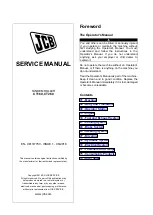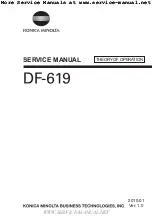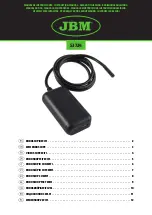
Preparing for SpO
2
monitoring 49
On infants with thick or swollen feet, the big toe is often better
than the whole foot.
Clean and dry the attachment site.
Choose a site where the sensor and patient cable can least restrict
the patient’s freedom of movement.
6.5
Repositioning or replacing the sensor
Sensors used for a long time do not adhere as well as new ones.
When VitaGuard® does not display plausible values for the pulse rate
and oxygen saturation, the sensor may not be attached to the opti-
mal site or may not be properly secured.
Check the sensor’s position, and if necessary, move the sensor to a
different site.
Always replace a sensor when the displayed pulse rate and the
displayed percentage level of oxygen saturation remain uncon-
vincing despite the sensor’s new site.
6.6
Reasons for unconvincing SpO
2
values
Clarify with the doctor whether one of the following situations may
have arisen:
the sensor is improperly secured or used (e.g. when the transmit-
ter and receiver do not lie exactly opposite each other),
the patient moves vigorously,
the sensor picks up bright ambient light, e.g. from powerful
lamps, IR heater lamps, direct sunlight, etc.,
venous pulsation,
a catheter or pressure cuff has been applied to the same limb as
the sensor,
Summary of Contents for VitaGuard VG310
Page 1: ...VitaGuard VG310 Pulse oximeter Operating instructions...
Page 2: ......
Page 4: ......
Page 10: ...Table of contents...
Page 108: ...108 Evaluating stored data on a PC Fig 79 VitaWin register Events in graph form...
















































